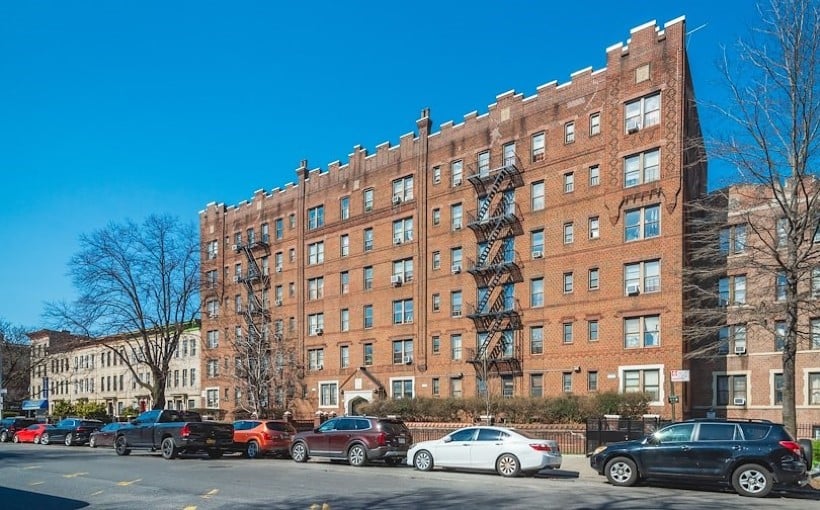One undeniable truth about life is that all structures eventually become old and lose their usefulness. However, in a recently published article titled “Opportunity through Obsolescence,” JLL authors shared valuable insights and advice on how to tackle the challenges of aging buildings in order to generate value and returns.
According to Cynthia Kantor, CEO of Project & Development Services at JLL, the commercial real estate industry is facing a critical moment as property owners and cities strive for long-term sustainability of existing buildings and districts. This includes adapting to changing preferences for experiences and space utilization, increasing regulatory pressures, climate risks, as well as shifts in real estate demand. By proactively addressing outdated or at-risk buildings, owners can unlock significant value while creating a more sustainable built environment that will drive future returns.
The main point of the article is that dealing with obsolete buildings requires three overlapping factors for proactive success:
1) Age And Design: The authors suggest that asset owners consider an asset’s future viability based on market demand and spatial dynamics. They also note how age aligns with engineering capabilities such as technological advancements or climate adaptation strategies which may require retrofitting.
2) Sustainability And Regulatory: With decarbonization efforts gaining momentum globally along with increased pressure from stakeholders regarding sustainability goals , building owners are urged to adjust their portfolios accordingly by assuming tighter ESG (Environmental Social Governance) standards . Municipalities should also focus on scaling up regeneration efforts within geographic clusters where assets may be at risk due to changes in land use patterns or climate conditions.
3) Location Considerations: It’s important for developers/owners/public authorities alike not only create cohesive destinations but ones which encourage residents/workers/visitors alike by offering amenities balanced between retail/residential/streetscape improvements etc., thus moving away from traditional business-heavy districts towards mixed-use environments .
In addition , public authorities who make conscious efforts towards high-level regeneration coupled with small-scale reparative approaches have already begun to see positive results.
Collaborative Engagement Is Key
The article emphasizes that the full potential of creating value through higher-quality, sustainable and resilient buildings can only be achieved through collaborative engagement between stakeholders. This includes planning that takes into account how various forms and levels of obsolescence interact with each other.
For owners, this means understanding how their portfolio’s age and physical factors may impact issues such as locational preferences, development regulations , or sustainability goals. Meanwhile , public authorities should work towards catalyzing new non-commercial developments while offering financial incentives to help reduce retrofitting costs for building owners. By working together in a coordinated effort, both parties can achieve greater success in tackling the challenges posed by aging buildings.
In conclusion, it is clear that aging buildings present unique challenges but also offer opportunities for value creation if approached proactively with collaboration from all stakeholders involved. With careful consideration of age and design factors along with sustainability goals and location considerations, property owners can unlock significant value while contributing to a more sustainable built environment for future generations.




